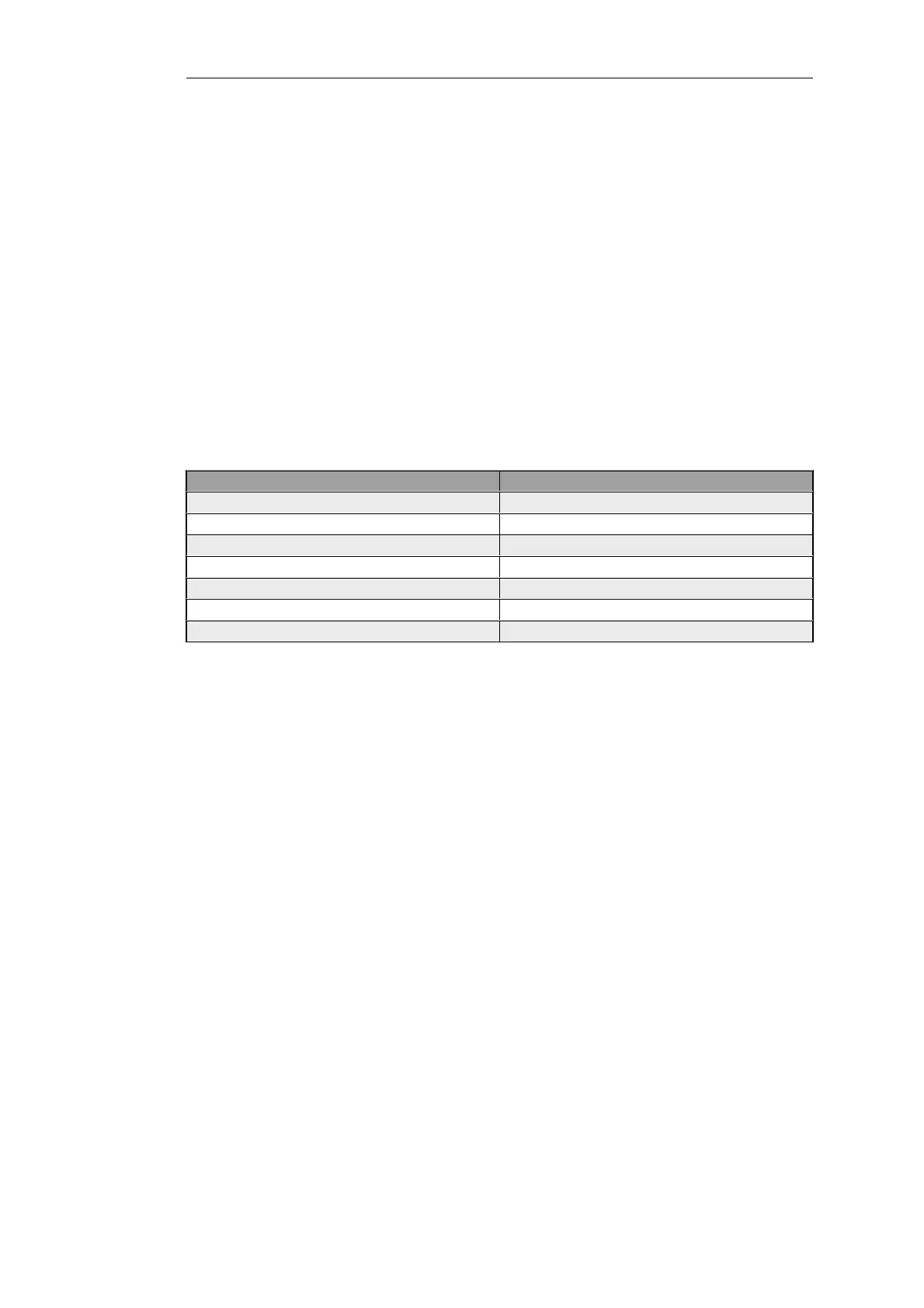Appendix D: The OSI Framework
Overview
The Open Systems Interconnection (OSI) model defines a framework for inter-computer
communications. It categorizes different protocols for a great variety of network applications
into seven smaller, more manageable layers. The model describes how data from an application
in one computer can be transferred through a network medium to an application on another
computer.
Control of data traffic is passed from one layer to the next, starting at the application layer in one
computer, proceeding to the bottom layer, traversing over the medium to another computer
and then delivering up to the top of the hierarchy. Each layer handles a certain set of protocols,
so that the tasks for achieving an application can be distributed to different layers and be
implemented independently. The model is relevant to understanding the operation of many
NetDefendOS features such as ARP, Services and ALGs.
Layer number Layer purpose
Layer 7 Application
Layer 6 Presentation
Layer 5 Session
Layer 4 Transport
Layer 3 Network
Layer 2 Data-Link
Layer 1 Physical
Figure D.1. The 7 Layers of the OSI Model
Layer Functions
The different layers perform the following functions:
Layer 7 - Application Layer Defines the user interface that supports applications
directly. Protocols: HTTP, FTP, TFTP. DNS, SMTP, Telnet,
SNMP and similar. The ALGs operate at this level.
Layer 6 - Presentation Layer Translates the various applications to uniform network
formats that the rest of the layers can understand.
Layer 5 - Session Layer Establishes, maintains and terminates sessions across the
network. Protocols: NetBIOS, RPC and similar.
Layer 4 - Transport Layer Controls data flow and provides error-handling. Protocols:
TCP, UDP and similar.
Layer 3 - Network Layer Performs addressing and routing. Protocols: IP, OSPF, ICMP,
IGMP and similar.
Layer 2 - Data-Link Layer Creates frames of data for transmission over the physical
layer and includes error checking/correction. Protocols:
Ethernet, PPP and similar. ARP operates at this level.
Layer 1 - Physical Layer Defines the physical hardware connection.
892
